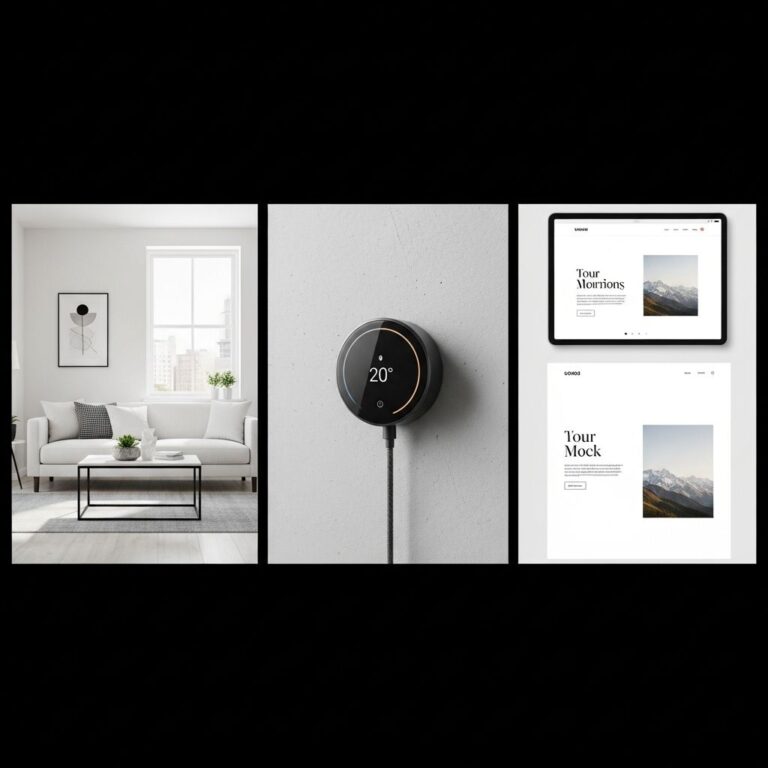Creating a logo is often one of the first steps in building a brand identity. It’s a crucial visual element that represents your business and communicates your values to your audience. Even for beginners, understanding some fundamental tips can significantly improve the quality and effectiveness of logo designs. This article delves into essential logo design tips that novices should consider when embarking on this creative journey.
Table of Contents
Understand the Brand
Before putting pen to paper (or stylus to tablet), it’s vital to have a clear understanding of the brand you are designing for. A logo should encapsulate the essence of the brand, reflecting its mission, values, and target audience.
Key Elements to Consider:
- Target Audience: Who are you designing for? Understanding demographics can guide color and style choices.
- Brand Values: What does the brand stand for? Identify core values and characteristics that should be visually represented.
- Industry Standards: Research other logos in the same field to understand common trends and expectations.
Keep It Simple
Simplicity is one of the cornerstones of effective logo design. A complicated logo can clutter the visual space and confuse the viewer. Aim for a design that is easy to understand at a glance.
Benefits of Simplicity:
- Memorability: Simple logos are easier to remember, making it more likely that customers will recall your brand.
- Versatility: A simple design can be easily scaled and adapted for various media, from business cards to billboards.
- Timelessness: Trends change rapidly; a simpler design often stands the test of time.
Choose the Right Colors
Colors evoke emotions and convey messages that can significantly impact how a logo is perceived. Different colors have different associations, so selecting the right palette is crucial.
Color Psychology:
| Color | Emotion/Association |
|---|---|
| Red | Passion, Energy, Action |
| Blue | Trust, Calm, Professionalism |
| Green | Growth, Health, Nature |
| Yellow | Optimism, Clarity, Warmth |
| Black | Elegance, Luxury, Authority |
Typography Matters
The choice of font is critical in logo design, as it conveys tone and personality. It can either enhance or detract from the overall look and feel.
Tips for Typography:
- Readability: Ensure that the text is legible at various sizes.
- Font Pairing: If using more than one font, make sure they complement each other without clashing.
- Custom Fonts: Consider designing a custom font or altering an existing one to create a unique character.
Versatility and Scalability
Your logo will likely appear in various contexts, from tiny social media icons to large banners. Therefore, it must be versatile and scalable without losing its integrity.
Creating a Versatile Logo:
- Vector Graphics: Design your logo using vector graphics software (like Adobe Illustrator) to ensure it can be resized without losing quality.
- Test in Black and White: Your logo should still be recognizable and effective without color. Test its appearance in monochrome.
- Various Formats: Save your logo in multiple formats (AI, PNG, SVG, etc.) to cover various applications.
Seek Feedback
Once you’ve drafted your logo, it’s essential to get feedback. External opinions can provide valuable insights and reveal issues you may not have noticed.
Best Practices for Feedback:
- Target Audience: Get opinions from your target demographic to see if the logo resonates with them.
- Focus Groups: Assemble a small group of trusted individuals to provide constructive feedback.
- Iterate: Don’t be afraid to make revisions based on the feedback you receive.
Stay Informed About Trends
While timelessness is crucial, it’s also important to be aware of current design trends. This knowledge can inspire your designs and keep them relevant.
Where to Find Inspiration:
- Design Websites: Sites like Behance and Dribbble showcase the latest in design work.
- Industry-Specific Trends: Follow blogs that specialize in your industry to see what is resonating with audiences.
- Social Media: Platforms like Instagram and Pinterest can be excellent sources of inspiration.
Protect Your Logo
Once you’ve finalized your logo, consider protecting your design legally. Trademarking your logo will ensure that others cannot use it without your permission.
Steps to Trademark:
- Research: Ensure your logo is unique and does not infringe on existing trademarks.
- Apply: File an application with the appropriate trademark office.
- Maintain: Keep track of your trademark status and renew it as required.
Conclusion
Crafting a logo is an exciting yet challenging task for beginners. By applying these ten essential tips, you’ll be well on your way to creating a powerful and effective logo that beautifully represents the brand. Remember, design is a process, and the more you practice, the better you will become. Happy designing!
FAQ
What are the key elements of effective logo design?
Effective logo design includes simplicity, versatility, relevance, uniqueness, and memorability.
How important is color in logo design?
Color plays a crucial role in logo design as it evokes emotions and conveys brand personality.
Should I hire a professional designer for my logo?
Hiring a professional designer can ensure a high-quality, unique logo that aligns with your brand identity.
What file formats should I request for my logo?
Request your logo in various formats such as PNG, JPEG, SVG, and EPS for different uses.
How can I ensure my logo is scalable?
Design your logo in vector format, which allows it to be resized without losing quality.
What common mistakes should I avoid in logo design?
Avoid overly complex designs, using too many colors, and trends that may quickly become outdated.









